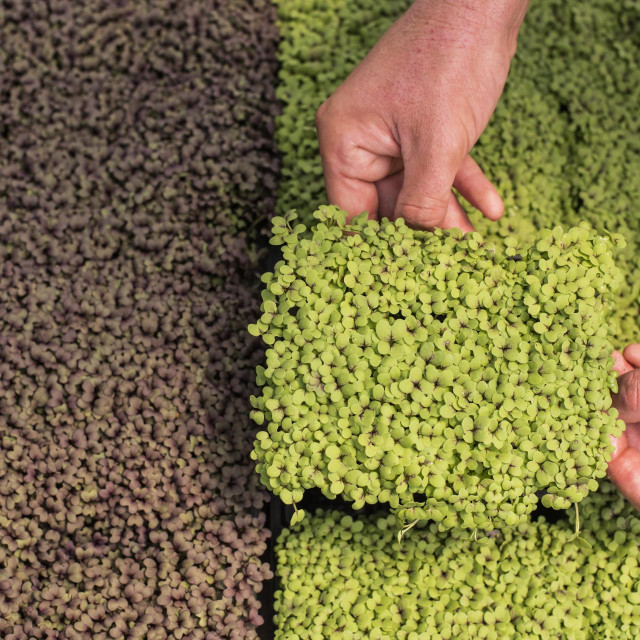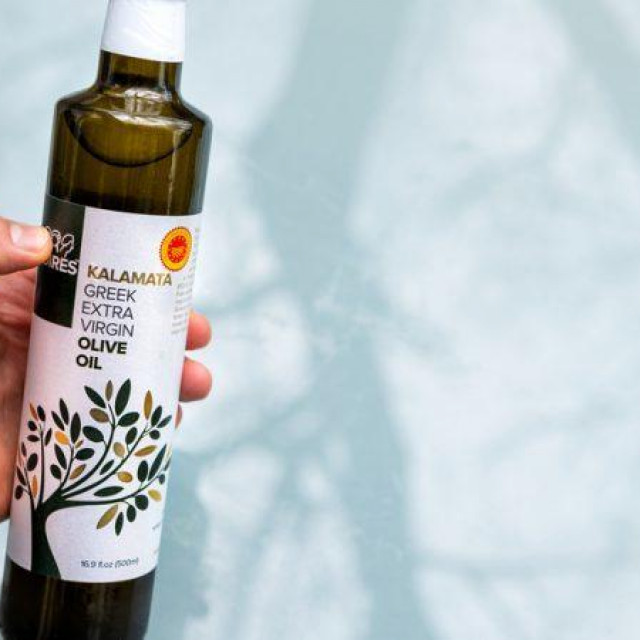
The content of this page and articles represents the views of the author only and is his/her sole responsibility. The European Commission does not accept any responsibility for use that may be made of the information it contains.
Food producers have joined the choir of those against moving the bulk of EU competencies on geographical indications (GIs) from the European Commission to the EU’s intellectual property office (EUIPO).
A revision for the EU’s GIs policy is underway, with the Commission expected to unveil its proposal in the first quarter of 2022.
The GI label is designed to protect the names of specific products that utilise their unique characteristics linked to their geographical origin and the know-how embedded in the region, such as champagne or parmesan.
For example, only dry-cured meat produced in the hills around Parma can legitimately bear the name of Prosciutto di Parma or champagne can only be made using grapes grown in the homonymous French region.
A Commission study that collected the economic data from each of the 3,207 GI protected products from across the EU found that GIs represent a sales value of €74.76 billion and 15.5% of the total EU agri-food exports.
In a letter addressed to the European lawmakers on 10 February, producers of food items awarded with the EU quality scheme have voiced concerns against the Commission’s direction in the policy reform.
In particular, the group of EU associations said they are ‘extremely preoccupied’ by the intention to externalise the daily management of GI specifications to the EUIPO, which is responsible for the registration of trademarks and designs.
“This is extremely puzzling,” said the signatories, who include the Association of European Regions for Products of Origin (AREPO) and the European antenna of the World Alliance of Geographical indications (oriGIn EU) representing national GI associations to the EU institutions.
Preserving links with CAP
According to the GIs trade groups, the Commission has promoted the uniqueness of the EU’s quality scheme as part of the agricultural and rural development policy, an essential part of the EU’s farming subsidies scheme, the Common Agricultural Policy (CAP).
Therefore, the Commission’s service dealing with CAP funding management, the DG AGRI, has also had the task of implementing the EU’s GI policy so far.
The recent CAP reform also granted better protection to the GI sector, with the possibility of voluntarily including sustainability elements as eco-schemes, the new attempt to green Europe’s farming.
At the same time, GIs producers can now make use of the CAP regulation of supply instruments, a robust safety net to address an adverse impact on the ability of farmers to react to market signals.
“For decades, the EC [Commission] has invested resources in promoting a similar approach all over the world insisting on the specificities of GIs and their differences with other IP rights, hence justifying a different management system,” the letter reads.
As an integral and successful part of the CAP, the GIs lobbies stressed that the GIs policy should remain part of the rural development policy and be fully managed by the Commission.
More than a name
As product names, GIs are included in the EU system of intellectual property rights (IPRs), legally protecting them against imitation and misuse.
However, since GIs are not expressions of private interests to protect a name or sign, they benefited from a regime that is autonomous from trademarks – a different sub-category under the IPRs umbrella consisting of the protected terms used for other products.
“The quality policy is not meant to only protect GI names, but also to enhance, defend and promote the strengths and particularities of GIs,” the signatories of the letter stressed.
The EU’s intellectual property office (EUIPO) already works with the Commission on the matter, examining more than 1,100 files since 2018.
EUIPO also contributed to the development of GIview, a free online database that aggregates all the registers for geographical indications.
The increasing speculation about a more prominent involvement of EUIPO in dealing with GIs was opposed by some MEPs in January, who complained about moving away from a system focused on links to Europe’s geographic regions toward a “trademark approach”.
“These are not brand marks but quite different. They’re the know-how and techniques that have been passed down the ages,” said French Christian-democrat MEP Anne Sander.
In a recent interview with EURACTIV, Julio Laporta, EUIPO’s head of communication, did not comment on rumours of an increased role of the office in dealing with GIs, adding that they are willing to help the Commission on this activity.
“We have demonstrated that we have the expertise, the capacity, and also the muscle to provide them with technological support,” he said









Za sudjelovanje u komentarima je potrebna prijava, odnosno registracija ako još nemaš korisnički profil....